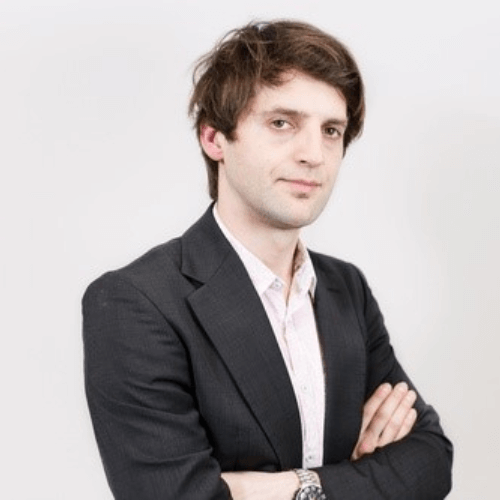The ability to manipulate sound waves could lead to new opportunities and products in a wide range of sectors, from medical imaging to improved building acoustics. Achieving this is a challenge as many current technologies are large, inefficient and expensive.
Metasonics’ new technology can focus, sculpt and direct soundwaves in real time, bringing enhanced control and new functionality to sound.
Similar to how a projector transforms a single light beam into a vast and varied image, the technology can make a single speaker sound like hundreds of individual speakers. It uses acoustic metamaterials, and is a cost-effective, compact and scalable solution with the potential to disrupt a range of sectors.
The patented technology easily and flexibly manipulates sound and can be adapted to different contexts and environments. It also has lower power consumption, so increases the applications of a single device.
Sectors that could benefit include building and architecture where the technology can be used for effective sound insulation. Metasonics filters (such as sound-proof windows) are suitable for places where light and air flow are beneficial, yet external noise levels are an obstacle.

It could also improve ultrasonic testing for non-destructive safety evaluation in structures such as bridges, aircrafts and power stations. The ultrasound technology also opens up new possibilities in medical therapies and diagnostics. Metasonics’ solutions can improve the quality and detail in non-invasive imaging and help to tailor therapies such as high-intensity-focused ultrasound, which is used to reduce tumours and in various fat reduction and plastic surgeries.
Metasonics initial market focus is silence through smart engineering within the automotive sector. Its technology can provide more effective and efficient control strategies to help improve comfort and sound insulation inside a vehicle cockpit.
In consumer or other more complex markets, Metasonics’ technology shares a common goal: increase efficiency and cost reduction for end users. Current and future products encompass proprietary designs, which yield substantial benefits over competitive products, enable new applications and open up new markets.
Dr Mihai Caleap, CEO, has a multidisciplinary background and leads the startup in optimising designs and prototyping with a view to creating the first spatial sound modulator for shaping and manipulating sound.
Associated Programme

